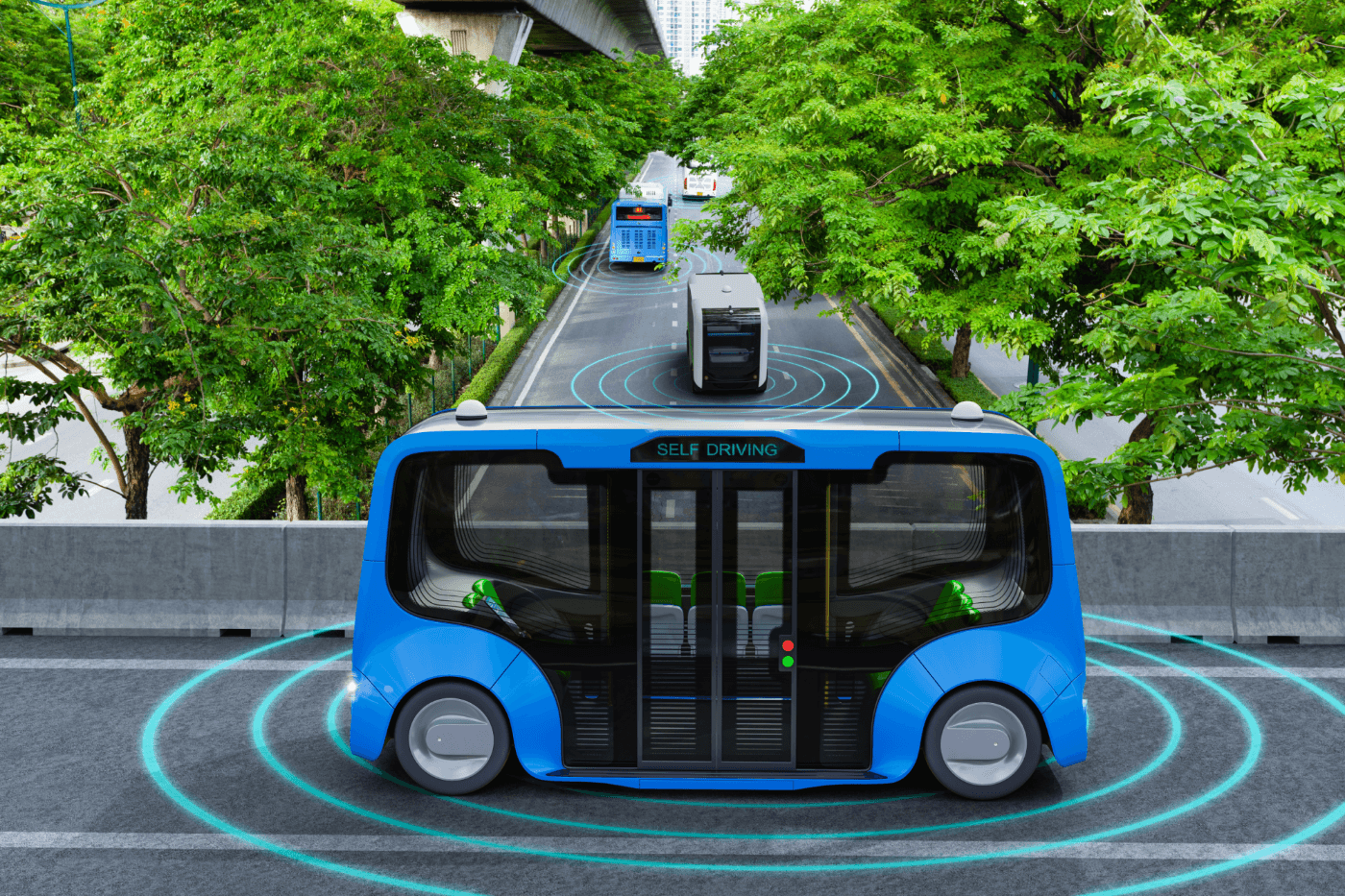
Urban Mobility
Goodbye Traffic Jams: Mobility as a Service revolutionizes mobility
In a metropolis such as Berlin, San Francisco, London, Paris and others, getting from A to B in a timely and comfortable manner is an important aspect of quality of life. According to current studies, by 2050, 70 percent of the world's population will live in cities. Due to a number of challenges, especially in big cities, such as traffic congestion, lack of parking spots, air pollution, climate change, and rising gasoline and electricity costs, the traditional way of getting around, is becoming increasingly challenging. This is where Mobility as a Service (MaaS) comes in. In a broader sense, it refers to the offer and use of various means of transportation. However, this alone does not adequately explain the concept, since in a narrower sense, MaaS stands for software solutions based on specific platforms on which the services of several mobility providers can be bundled into one application. It is a promising solution, offering numerous benefits for people, businesses and most importantly, the environment. In many countries worldwide, there are more and more platforms that offer Mobility as a Service already, although in a rather limited way. The term Mobility as a Service was coined by Aalto School of Economics in Helsinki, Finland. But how exactly does MaaS work, why is it that groundbreaking, and how might it change the way we get around in the coming years?

The benefits of MaaS are manyfold, making it a compelling solution to the mobility challenges, society is facing today and is going to face even more so in the future. One of the challenges is related to the aforementioned prognosis that 70 percent of the world’s population will live in urban spaces by 2050. Current mobility concepts are unable to cope with the projected number of people, because the daily chaos of endless traffic jams and drivers desperately looking for a parking space would be multiplied. That would result in an unnecessary waste of space and time - and that's not counting factors such as environmental and climate protection or the conservation of resources.
Choosing the best mode of transportation to get around, it is not always just a matter of time, but also of individual mobility preferences. People with disabilities may not want to use public transportation, because they are dependent on a wheelchair and it is rather stressful to enter the subway train, if you just cannot take the stairs, for instance. Others may simply hate the feeling of being crammed into a subway train with hundreds of other people. MaaS is a good way for these people to access diverse mobility services on demand and choose which mode of transportation they prefer. Since MaaS includes a wide range of services such as ride-hailing, car-sharing, bike-sharing, taxis, air, and water transportation as well as public transportation services, all provided through a single platform or app, it is quick and easy to use. You pay for the services with your smartphone — there’s no need for a credit card or even cash.

One central aspect of MaaS is car sharing. Studies show that carsharing promotes a multimodal lifestyle and offers a more sustainable way of getting around. As owning a car becomes less and less necessary, MaaS helps reduce the number of cars on the road, which reduces traffic congestion and air pollution, eventually resulting in a lower carbon footprint. MaaS is also more affordable than owning a vehicle since you only pay for the services you use, and you can choose the mobility that best suits you. If more people turn to e-bikes and electric scooters, there will be opportunities to make the cities greener, quieter, and more livable. In this manner, the quality of life increases for all residents. Thus, MaaS has a huge potential to transform the mobility industry, making it more sustainable, efficient, and accessible to everyone.
MaaS has the potential to create more equitable and accessible mobility systems. It can help bridge the gap between urban and rural areas. Right now, people in villages are dependent on their cars, because buses only come every hour, and e-bikes and electric scooters are not available to rent and get around — in contrast to big cities where micro-mobility is ubiquitous. Not to mention the unavailability of trains, trams, and subways. Many more people would consider moving to smaller towns or villages if they had the option of moving within their village, but also if there was a good public transport service to the nearby city.

With the development of artificial intelligence in the automotive sector, Mobility as a Service will more and more change the way we perceive mobility. Right now, when using car sharing, we still have to steer the cars ourselves and when calling an Uber, a driver is greeting you and dropping you off at the desired destination In the near future, the rides will be mostly or even completely autonomous, which will give ride-hailing a new character. The only thing some people will miss is the small talk of the Uber or Lyft driver, which is an integral part of every ride. A good indicator that the future is already here: in April this year, Munich will introduce level 4 autonomous buses in Freiham and in the Olympiapark. The city also plans to test "bus platoons," two or more buses that automatically follow each other at close intervals. A driver controls the first bus, while the others follow autonomously. The reason the Bavarian capital wants to participate in the so-called "Minga" project is the ever-increasing number of cars on the road in Munich: Half a million commuters drive into the city center every day. That's the highest number of commuters in Germany, according to the city's mobility department. Project “Minga” is supposed to close the service gap between individual traffic and public transportation with testing the operation of highly automated means of transport, embedded in the city’s public transport system.
All in all, Mobility as a Service will improve our quality of life and, through continuous optimization, will have a lasting impact on our daily travel habits. The potential is far from exhausted.